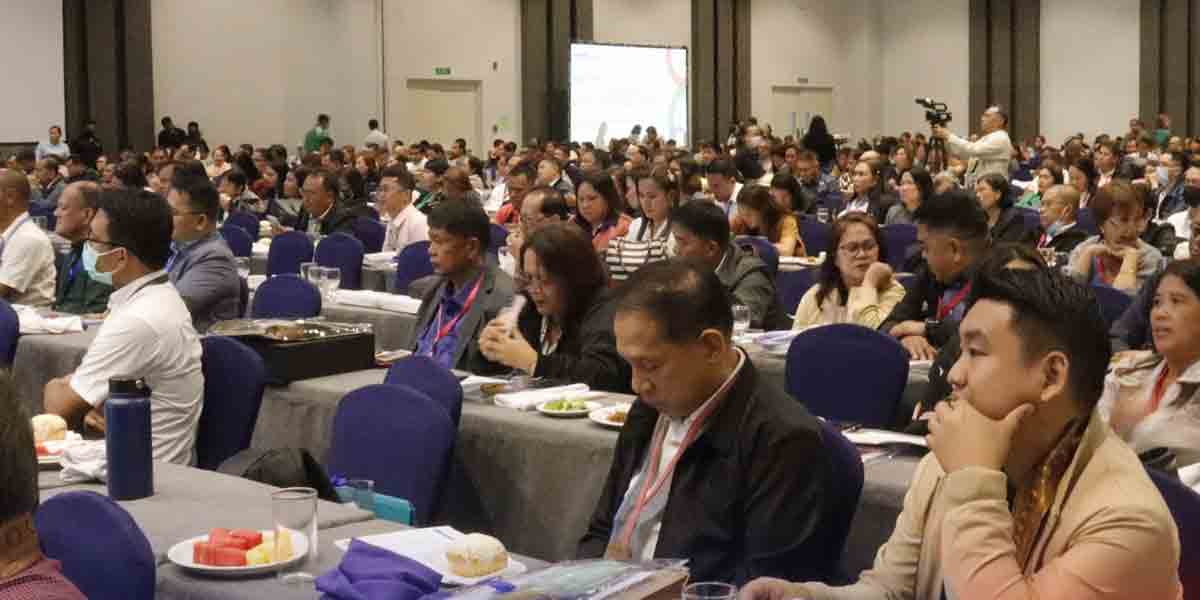 By: John Carlo Tria
By: John Carlo Tria
“Trade openness is a policy that we have been late to adopt relative to our neighbors, whose outward orientation and trade openness impelled the strengthening of their farm sectors. Meanwhile, we wasted decades falsely believing that trade protection would strengthen ours.”
This was related by the eminent economist Cielito Habito in his latest column in the Philippine Daily Inquirer.
In gist, he and other economists note that we have tried to fend off having to open our rice sector as we are required to for twenty years hoping that it could grow competitively similar to Vietnam’s and Thailand’s. Yet they, not we, have become more competitive.
The hard truth many probably do not know is that on average, the production cost of our rice is double that of Vietnam (6 pesos vs. our 12 pesos per kilo of palay) due to that country’s vast wet plains courtesy of the natural endowment called the Mekong delta.
They leveraged on their vast wet sunny plains and further improved their production costs, giving them an advantage over other ASEAN countries.
This means that to meet these lower production levels, we will need to shell out money to subsidize in order to make sure that the rice we produce will cost the same as Vietnam’s. Thus, through our taxes we pay more per kilo for local rice.
While subsidies give comfort to rice farmers, the question is whether subsidies for the farm will lower retail prices. Another hard truth is that in the value chain of the 45 peso per kilo retail price of locally milled rice, if the farmer gets his 15 pesos per kilo farmgate price, the traders, millers and transporters and retailers get the lion’s share.
On top of that, the historical lack of credit facilities needed to finance an expensive farm like a rice paddy (it is most intensive and expensive since you need to prepare the field and re-fertilize to regain soil quality every planting season compared to other crops), the failure of the 1998 Agri Agra law to push banks to lend to farmers perpetuated a situation where farmers remain indebted to their buyers, thereby forcing their prices on them.
Now, who makes the bigger money on rice? Obviously not the rice farmers.
Through the echo chamber called Facebook there are hundreds of uninformed advocates who push for this and the idea they call rice “self sufficiency”, claiming how their province- alone, mind you, can “feed the Philippines.”
Wow. If they did their research then maybe they can go well beyond simplistic solutions to create real enduring ways forward for our rice and our agricultural sector.
Thus, if we really “support” our farmers we will need to help become more competitive like an industry where the production cost can be lowered to levels that make sense for us to buy local rice rather than import cheap Vietnamese produce.
For starters, there is a new 10 Billion peso fund called the Rice Competitiveness Enhancement Fund. Created from tariffs collected from the lower cost imported rice, these need to be channelled quickly to projects that can boost the rice sectors competitiveness. That is the long term solution.
On top of that they will need to diversify, plant other crops that cost less to cultivate, get them a better price in the market when sold enabling them to borrow less and in turn, help them make more money. Diverse crops enable farmers to earn better income on average.
The truth is that there are many other crops that can be planted on the same property. It doesn’t have to be fixated on rice alone. That is, if you believe in empowering farmers and not forcing them to plant rice alone.
The Department of Agriculture and the local government unit’s agriculturists will need to provide the necessary extension work on the matter. They will have to get the data to support recommended planting activities and supply chains that give the products more and better value.
Sad to say, data on farms and productivity to start this is weak. The agriculture agencies both at the regional and local level may know how many farmers are there, but not how much they are producing on average and how much they are making as a result. Perhaps we can start there. Data will need to drive efforts to enhance competitiveness.
Moreover, commenters will need to put their money where their mouth is. They can exercise their advocacies by exercising their power of consumer choice. Buy locally grown brown rice, since these give more back to the farmer. Buy buko juice and natural coconut vinegar.
Our fuel companies must be compelled to increase the coconut bio component of our fuels to create a higher demand for coconuts and help ease copra prices.
In the end, it seems we are learning more about agriculture and agribusiness. We hope that this separates the chaff from the grain, and helps the farmers, and us as consumers, in the long term.






















